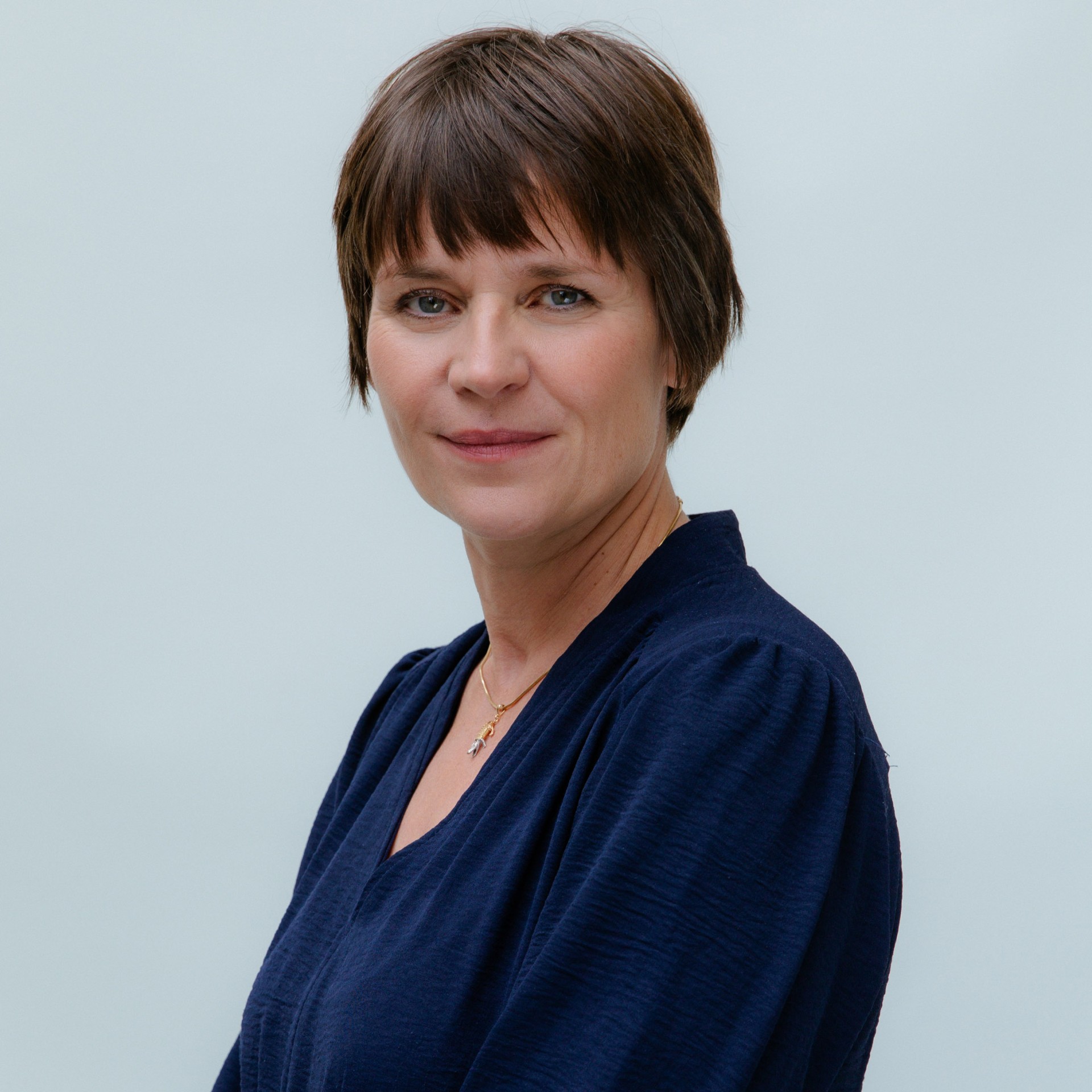The exhibition by Swedish artists Nathalie Djurberg and Hans Berg promises “A Journey Through Mud and Confusion with Small Glimpses of Air”. The show is currently running at the Museo di Arte Contemporanea di Trento e Rovereto (MART) in Italy following its initial staging at the Moderna Museet in Stockholm. In the spring of 2019 it will come to the SCHIRN. Hence, I quickly made my way to Rovereto and the MART (Museo di Arte Contemporanea di Trento e Rovereto) to see it all for myself.
Nathalie Djurberg and Hans Berg have selected works from almost two decades for this exhibition. Its subsequent staging in Frankfurt will be the first time the oeuvre by the Swedish artist couple has been shown in such scope in Germany, with the inclusion of multimedia installations as well as numerous videos and sculptures.
Looking away is not an option
The major spatial installation “The Experiment”, which was exhibited at the Venice Biennale in 2009 and won the Silver Lion there, brought Djurberg and Berg international recognition. I was personally struck by the stop-motion films by Nathalie Djurberg as early as 2006 at the Berlin Biennale. In “Tiger Licking Girl’s Butt” (2004), a tiger licks a naked woman repeatedly on her bottom and she wonders: “Why do I have this urge to do these things over and over again?” I am fascinated by Djurberg’s and Berg’s installations, and at the same time repelled by some of the scenes in the film – yet the impulse to keep watching ultimately wins out.

Surrounded by tantalizing oversized flower and plant sculptures, which gleamed in their overripe state and from which small, fake animals crawled, that feeling of not being able to look away seemed to increase exponentially at the Venice Biennale in 2009 – the only thing missing was the sweet smell of fruit and decay. Everything appeared to be creeping and flying around me in that astonishing garden. It was eerie and thrilling at the same time, and I teetered as if remote-controlled towards the flickering screens, accompanied by the sounds of the hypnotizing music. Grotesque, colorful figures molded from various different materials such as clay, Play-Doh, fabric and hair filled the scene in the three stop-motion films “Greed”, “Cave” and “Forest”, which sent me further into unknown climes.


“Greed” shows the frightening behavior of men in liturgical garments attempting to draw a naked young woman under their capes. In “Cave” a woman finds herself in a cave, alone as if in a prison cell, while in “Forest”, a female figure attempts to flee from a male pursuer. The forest, the cave and the enclosed room are recurring motifs and places at which Djurberg’s protagonists are put into action. These interactions play out in scenarios ranging from the comically absurd to the tragically painful, and straddle the dividing line between innocence and shame.
The observers’ nerves are directly attacked
Nathalie Djurberg is the director and designer of the films, which she generally produces intuitively and without a script. They in fact develop continually during the production process, which is reflected in turn in the sculptures aswell as the characters in the film. The actors in a film – primarily the women among them – are often notable for their stereotypical representation. They are far from cute, funny theater dolls. During the course of a film they can take on both human and animalistic guises and behaviors.

Figures like the wolf, which appears time and again in the films and in the current virtual reality work entitled “It Will All End in Stars” (2018), allude to fairy stories by the Brothers Grimm. Yet it’s not about the translation of well-known allegories. Rather, the associations and expectations involved here are deliberately subverted by the cinematographic treatment and the accompanying music. The observers’ nerves are attacked so directly that sometimes individual scenes may indeed provoke revulsion, even when they are situated in an unreal, fantastical cosmos. The protagonists in the film are constantly in motion. They are driven by their longings, their urges and the satisfaction thereof, compelled by the fear of punishment and the simultaneous desire for it.
Film and music develop in a collective process
For each film, Hans Berg develops a soundtrack, whereby the film and the music often develop at the same time so the artists influence one another in the creative process. Together with the music, the images and the sculptures, the installations develop an allure that the observer can barely resist.


The fantastical worlds of Djurberg and Berg appear timeless and ultimately address all the major issues of humanity: love, power, death, eroticism, and all forms of interpersonal relations. As Lena Essling, curator of the exhibition at the Moderna Museet in Stockholm explains, the artists send us on a journey into the primeval undergrowth that lies deeply buried within us, untouched and protected by brambles and thorns. They send us on a journey through darkness and shadow, through the uncanny and the unknown, back to our own fears and urges, and ultimately towards greater clarity.


